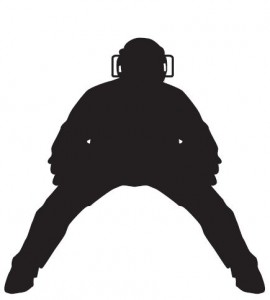in*field fly rule
What Is The Definition Of Infield Fly Rule In Baseball ?
?
1. This rule in baseball may be applied to fly balls that can be easily caught by an infielder. When “infield fly rule” is called by the umpire, the batter is out whether the ball is caught or not. The baseball is considered no longer in play and the runners must return to the base they were on.
Why Is There An Infield Fly Rule In Baseball?
The rule was developed to prevent double or triple plays from occurring as a result of an easy popup since, in some cases, letting the ball drop rather than catching it makes it easier for the defense to get multiple runners out. This rule only applies if there is a runner on first and second base, or first, second and third base with less than two outs.
What Are The Rules Of An Infield Fly?
Not every popup in the infield falls under the rules of an infield fly. The baseball must not be in foul territory, but otherwise, it is up to the umpire to determine whether the batted ball could be easily caught by a defensive player. The umpire must make the determination to enact the infield fly rule while the ball is in the air.
Why Is There No Infield Fly Rule With A Runner On First?
When there’s only a runner on first base, the only benefit to letting the ball fall to the ground would be to get the runner out who would be going to second base. Therefore, if they were to let it drop and then throw to second base for the force play, only one out would be registered and there would still be a player on first base.
Can A Line Drive Be Called An Infield Fly?
A line drive cannot be called an infield fly and will not fall under the infield fly rule. This is because a line drive is not considered an easy play for the infielder.
In addition, since the umpire has to decide on the infield fly rule while the ball is in the air, they wouldn’t have enough time to make this determination.
When Was The Infield Fly Rule Implemented?
According to baseball historians, the infield fly rule is the result of rule changes that began to take effect in 1859 when tagging up was instituted. Since players had to stay close to the base they were on in case of a catch, it became possible for fielders to get multiple outs on a single fly ball. After several variations, the modern infield fly rule came into use in 1901.
Examples Of How Infield Fly Rule Is Used In Commentary
1. With a runner on first, Williams lifts a short fly ball to second when the umpire immediately calls out the infield fly rule to eliminate the possibility of it being an easy double play.
Sports The Term Is Used
1. Baseball